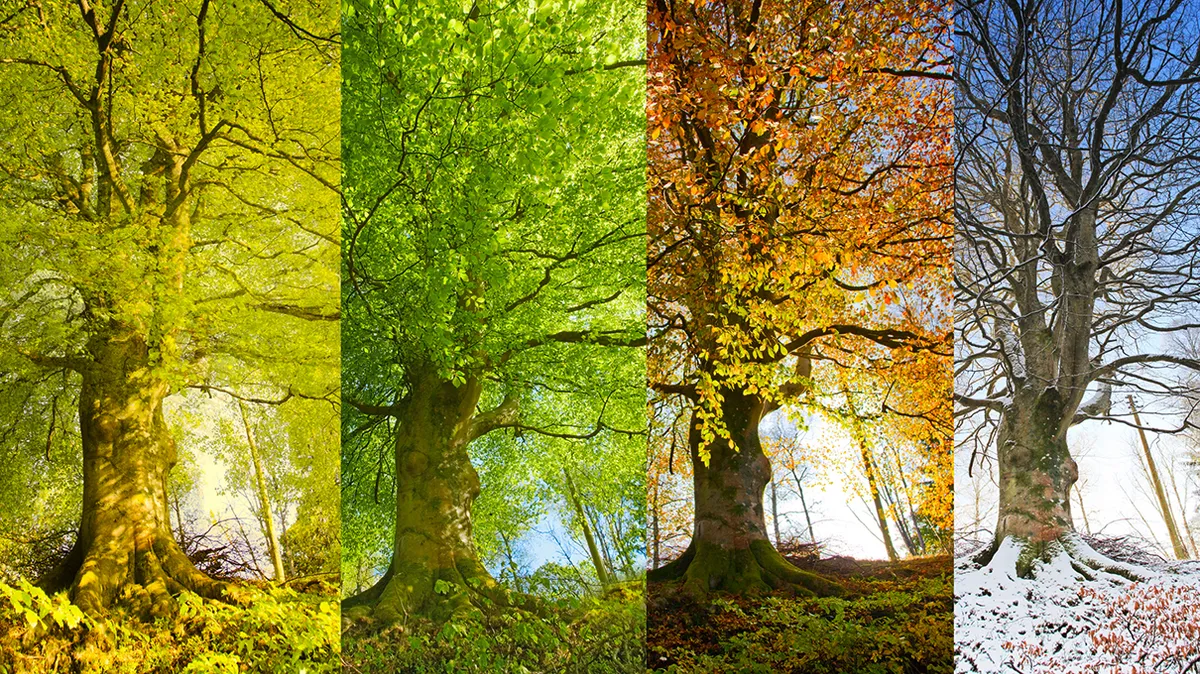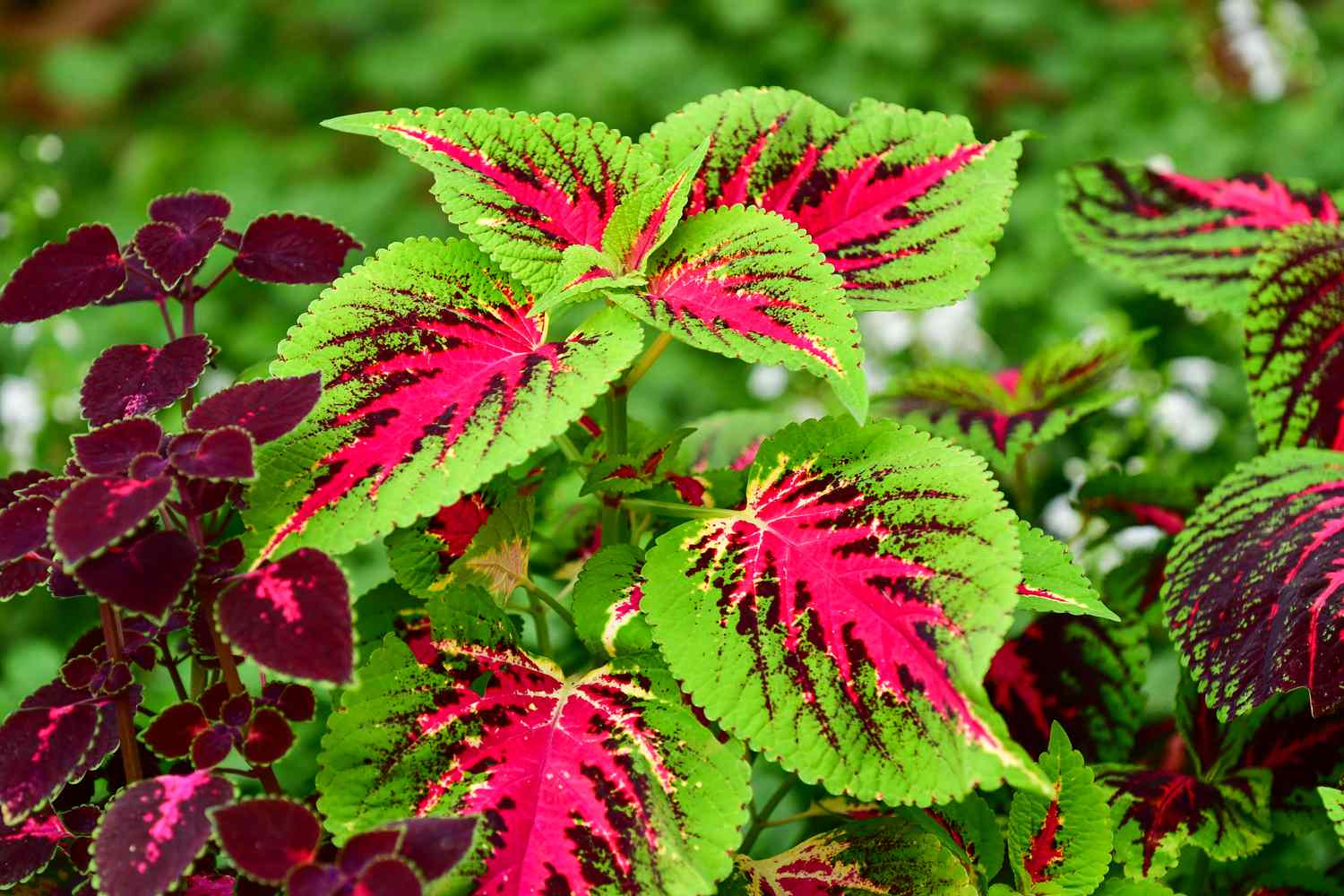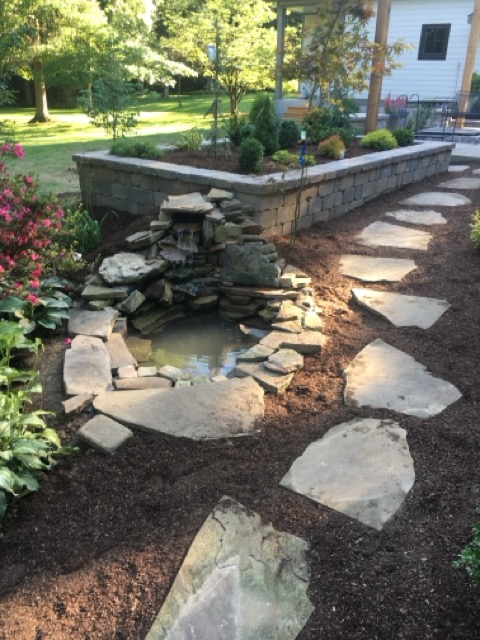Middle Tennessee's diverse seasons offer unique opportunities and challenges for landscape maintenance with professional landscape services. With our region's unpredictable weather patterns—from late spring freezes to summer droughts—timing your landscape tasks correctly can mean the difference between a thriving garden and a struggling one.
After 35+ years of maintaining landscapes in Nashville, Franklin, and Brentwood, we've developed this comprehensive seasonal guide to help you stay ahead of Mother Nature and keep your outdoor space looking its best year-round.
Understanding Middle Tennessee's Seasons
Climate Patterns
- Average Last Frost: Mid to late April
- Average First Frost: Mid to late October
- Growing Season: Approximately 180-200 days
- Peak Heat: July and August (often exceeding 90°F)
- Wet Seasons: Spring (March-May) and Fall (September-November)
- Dry Periods: Mid to late summer
Unique Challenges
- Late spring freezes can damage early plantings
- Summer heat and humidity stress many plants
- Clay soil creates drainage challenges
- Ice storms can damage trees and shrubs
- Unpredictable weather requires flexible planning
Spring (March - May): Awakening and Renewal
Spring is the busiest time for landscape maintenance in Middle Tennessee. As plants emerge from dormancy, they need your attention to ensure healthy growth throughout the growing season.
Early Spring (March)
Week 1-2:
- Remove winter protection from tender plants
- Clean up debris from winter storms
- Cut back ornamental grasses to 4-6 inches
- Prune summer-flowering shrubs before buds break with professional shrub care
- Check irrigation systems for winter damage
Week 3-4:
- Apply pre-emergent herbicide for crabgrass prevention
- Begin fertilizing cool-season grasses (if needed)
- Plant bare-root trees and shrubs on frost-free days
- Start hardening off indoor-started seedlings
- Order mulch for spring application
Mid-Spring (April)
Week 1-2:
- Wait for soil to dry before working in clay areas
- Plant cool-season vegetables after soil warms
- Begin regular watering schedule for new plantings
- Monitor for pest emergence (aphids, scale insects)
- Prune spring-flowering shrubs immediately after bloom
Week 3-4:
- Apply fresh mulch (2-3 inches around plants)
- Divide summer and fall-blooming perennials
- Plant container trees and shrubs after last frost
- Begin weekly lawn mowing as grass grows actively
- Check and clean outdoor furniture for outdoor living spaces
Late Spring (May)
Week 1-2:
- Plant warm-season annuals after last frost danger
- Install drip irrigation for efficient watering
- Fertilize established trees and shrubs (if needed)
- Begin deadheading spent spring blooms
- Plant warm-season vegetables (tomatoes, peppers, etc.)
Week 3-4:
- Deep water during dry spells (1 inch per week)
- Monitor for fungal diseases in humid conditions
- Begin integrated pest management practices
- Plant heat-tolerant summer annuals with native plant selection
- Stake tall perennials before they need support
Summer (June - August): Growth and Maintenance
Summer in Middle Tennessee tests both plants and gardeners. High heat, humidity, and occasional drought require consistent maintenance and smart watering practices.
Early Summer (June)
Week 1-2:
- Increase watering frequency for new plantings
- Apply summer mulch refresh around heat-sensitive plants
- Begin regular deadheading of annuals and perennials
- Monitor irrigation systems for proper coverage
- Fertilize container plants every 2-3 weeks
Week 3-4:
- Deep water trees and shrubs weekly during dry periods
- Cut back early summer perennials for second bloom
- Watch for summer pests (spider mites, aphids)
- Harvest herbs regularly to encourage growth
- Plan fall planting projects
Mid-Summer (July)
Week 1-2:
- Water early morning (6-8 AM) to reduce evaporation
- Apply organic mulch to conserve soil moisture
- Continue regular deadheading for continuous blooms
- Monitor container plants daily for water needs
- Avoid fertilizing heat-stressed plants
Week 3-4:
- Deep soak drought-stressed plants rather than frequent light watering
- Watch for signs of heat stress (wilting, leaf scorch)
- Continue integrated pest management
- Harvest vegetables regularly for continued production
- Plan and order fall plants
Late Summer (August)
Week 1-2:
- Reduce fertilizing to help plants prepare for fall
- Continue consistent watering of new plantings
- Begin collecting seeds from favorite plants
- Start fall vegetable seeds indoors
- Evaluate irrigation effectiveness
Week 3-4:
- Plan fall garden renovation projects
- Order spring-blooming bulbs for fall planting
- Begin fall cleanup of spent annual flowers
- Reduce lawn watering to encourage deeper roots
- Prepare for fall planting season
Fall (September - November): Preparation and Planting
Fall is the second-best planting season in Middle Tennessee. Cooler temperatures and increased rainfall create ideal conditions for establishing new plants before winter.
Early Fall (September)
Week 1-2:
- Begin fall planting of trees and shrubs
- Overseed thin areas in cool-season lawns with professional sod installation
- Apply fall pre-emergent for winter annual weeds
- Start fall vegetable gardens (lettuce, spinach, kale)
- Reduce watering frequency as temperatures cool
Week 3-4:
- Plant spring-blooming bulbs after soil cools
- Divide spring and early summer perennials
- Apply balanced fertilizer to established plantings
- Begin fall garden cleanup gradually
- Check tree stakes and supports
Mid-Fall (October)
Week 1-2:
- Continue fall tree and shrub planting
- Apply winter fertilizer to cool-season grasses
- Plant cool-season annuals (pansies, violas)
- Begin collecting and composting fallen leaves
- Prepare tender plants for potential frost
Week 3-4:
- Complete spring bulb planting before soil freezes
- Drain and store irrigation hoses
- Apply dormant oil to fruit trees if needed
- Continue fall cleanup of perennial beds
- Plan winter protection for borderline-hardy plants
Late Fall (November)
Week 1-2:
- Complete major fall cleanup before first hard frost
- Apply winter mulch around tender plants
- Store garden tools properly for winter
- Drain outdoor water features to prevent freeze damage
- Wrap or protect tender plants
Week 3-4:
- Final mowing of lawn before dormancy
- Remove annuals after killing frost
- Continue planting until ground freezes
- Apply winter protection to roses and other tender plants
- Plan next year's garden projects
Winter (December - February): Rest and Planning
Winter is the landscape's dormant season, but it's an active planning time for gardeners. Use this period to maintain equipment, plan improvements, and prepare for the coming year.
Early Winter (December)
Week 1-2:
- Complete final cleanup of garden beds
- Apply anti-desiccant to evergreens if needed
- Check winter protection on tender plants
- Plan hardscape projects for early spring with hardscaping services
- Order seed catalogs for planning
Week 3-4:
- Prune dormant deciduous trees (except maples and birches)
- Check and maintain garden tools
- Plan garden improvements for next year
- Research new plant varieties
- Schedule equipment maintenance
Mid-Winter (January)
Week 1-2:
- Continue pruning dormant trees and shrubs
- Plan crop rotation for vegetable gardens
- Order seeds for early spring starting
- Attend garden education classes and seminars
- Review and update irrigation plans
Week 3-4:
- Start slow-germinating seeds indoors under lights
- Plan landscape renovation projects
- Schedule professional services for busy spring season
- Order bare-root plants for early spring planting
- Update garden journal with notes from past year
Late Winter (February)
Week 1-2:
- Complete major pruning projects before buds swell
- Start cool-season vegetable seeds indoors
- Plan and order summer-blooming bulbs
- Service lawn mower and garden equipment
- Plan soil improvement projects
Week 3-4:
- Begin hardening off early seedlings
- Prepare planting areas on warm days
- Check winter damage to plants and structures
- Plan irrigation system updates
- Begin weekly garden planning for coming season
Monthly Quick Reference Calendar
What to Plant When
March: Cool-season vegetables, bare-root plants April: Cool-season annuals, perennials after last frost May: Warm-season vegetables and annuals June: Heat-tolerant summer plants July: Fall vegetable seeds August: Fall-blooming perennials September: Trees, shrubs, cool-season vegetables October: Spring bulbs, cool-season annuals November: Trees and shrubs (continued) December-February: Indoor seed starting
Maintenance Priorities by Month
March: Cleanup, pruning, pre-emergent application April: Mulching, planting, pest monitoring May: Watering establishment, fertilizing June: Regular maintenance, pest management July: Deep watering, heat stress monitoring August: Seed collection, fall planning September: Fall planting, lawn overseeding October: Bulb planting, winter prep November: Final cleanup, protection installation December-February: Planning, pruning, tool maintenance
Special Considerations for Middle Tennessee
Dealing with Clay Soil
Spring:
- Wait for soil to dry before working to avoid compaction
- Add organic matter annually to improve structure
- Consider raised beds for better drainage
Summer:
- Mulch heavily to prevent soil cracking
- Water deeply but less frequently
- Avoid walking on wet clay
Fall:
- Best time for soil amendment projects
- Plant cover crops to improve soil over winter
- Avoid heavy equipment on wet clay
Weather Extremes
Late Spring Freezes:
- Keep frost protection materials handy through May
- Plant tender annuals in containers for easy protection
- Choose cold-hardy varieties when possible
Summer Drought:
- Install drip irrigation for efficient watering
- Group plants by water needs
- Choose drought-tolerant native plants
Ice Storms:
- Prune properly to reduce ice accumulation
- Avoid pruning ice-damaged plants until spring
- Select trees with strong branch structure
Sustainable Practices
Water Conservation
- Collect rainwater in barrels for later use
- Install drip irrigation for efficient delivery
- Choose native plants that require less water
- Mulch heavily to retain soil moisture
Organic Maintenance
- Compost kitchen scraps and yard waste
- Use beneficial insects for pest control
- Apply organic fertilizers sparingly
- Encourage biodiversity with native plants
Soil Health
- Test soil every 2-3 years for pH and nutrients
- Add organic matter annually
- Avoid soil compaction when wet
- Use cover crops in vegetable garden areas
When to Call Professionals
Consider hiring landscape professionals for:
Complex Projects
- Large tree removal or pruning
- Irrigation system installation or repair
- Hardscape construction during busy seasons
- Soil drainage solutions
Specialized Knowledge
- Plant disease diagnosis and treatment
- Integrated pest management programs
- Soil testing and amendment recommendations
- Plant selection for specific conditions
Time-Saving Services
- Spring and fall cleanup
- Regular maintenance programs
- Lawn care and fertilization
- Seasonal planting installations
Technology Tools for Success
Weather Monitoring
- Use local weather apps for frost warnings
- Install rain gauges to monitor precipitation
- Track degree days for pest management timing
- Monitor soil temperature for planting decisions
Garden Planning
- Keep digital garden journal with photos and notes
- Use planning apps for crop rotation and succession planting
- Set calendar reminders for seasonal tasks
- Track plant performance for future reference
Conclusion
Successful landscaping in Middle Tennessee requires working with our unique climate patterns rather than against them. By following this seasonal calendar and adapting it to your specific microclimate and plant selections, you'll develop a maintenance routine that keeps your landscape healthy and beautiful year-round.
Remember that this calendar is a guide—local conditions, elevation, and microclimates may shift timing by a week or two. Pay attention to your plants and local weather patterns, and adjust accordingly.
The key to success is consistency in basic maintenance tasks while remaining flexible enough to adapt to our region's unpredictable weather. Start with the most critical tasks and gradually add more as you become comfortable with the routine.
Ready to implement a professional maintenance program for your landscape? Contact Crenshaw Landscaping for a consultation. Our 35+ years of experience in Middle Tennessee helps us create maintenance schedules that keep your landscape thriving through every season.
Download our printable seasonal calendar checklist from our website, or contact us to discuss a customized maintenance program for your specific landscape needs.
Keep your Nashville landscape beautiful year-round with professional seasonal maintenance. We provide comprehensive landscape maintenance, plant installation, lawn care services, and landscape design. Serving Nashville, Brentwood, Franklin, and Nolensville. Contact our maintenance experts for professional seasonal landscape care.



